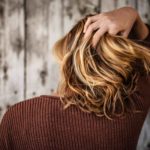Working to prevent women’s hair loss
As devastating and demoralizing as hair loss can be, womens hair loss prevention strategies offer effective ways to slow or stop hair loss. In fact, for women with hair loss, the best treatment is often prevention.
It’s not too late to take control of your hair loss. You can start putting these strategies into play today, and with any luck you’ll regain your hair loss in short order.
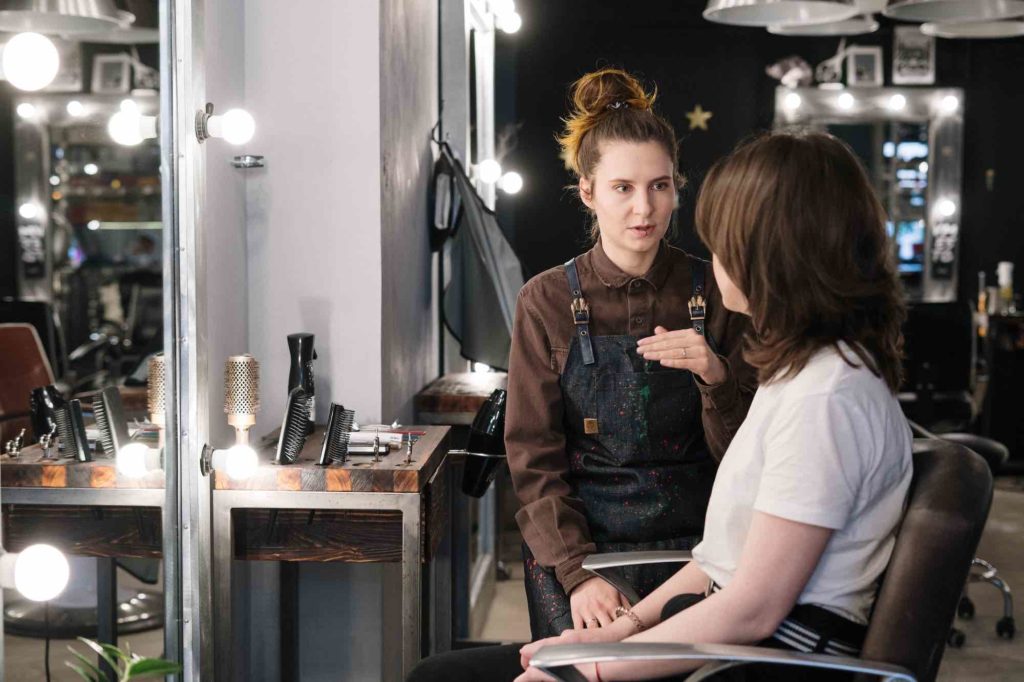 Women’s hair loss prevention really comes down to identifying the cause of the problem. Disease, diet, stress, heredity and the natural hormonal fluctuations that come with aging all play a role. Some of these conditions are beyond our control — but fortunately, many aren’t.
Women’s hair loss prevention really comes down to identifying the cause of the problem. Disease, diet, stress, heredity and the natural hormonal fluctuations that come with aging all play a role. Some of these conditions are beyond our control — but fortunately, many aren’t.
First of all, it’s important to rule out any medical causes for your hair loss. The best place to start is with your family doctor, who can help you rule out any diseases like hypothyroidism that might be the cause of female hair loss.
I offer these tips as one of the many women with hair loss who are working hard to overcome this problem — not as a medical professional!
Our Top 6 Tips for Women’s Hair Loss Prevention
Let’s Talk About Iron
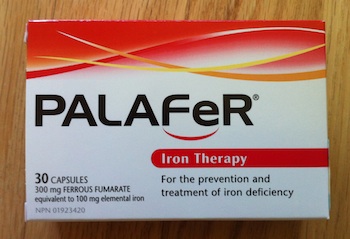 Iron is a significant issue for many women dealing with hair loss. In fact, the relationship between iron and hair loss is well established. One of the easiest strategies for womens hair loss prevention is to to start taking a daily multiple vitamin that contains iron.
Iron is a significant issue for many women dealing with hair loss. In fact, the relationship between iron and hair loss is well established. One of the easiest strategies for womens hair loss prevention is to to start taking a daily multiple vitamin that contains iron.
In fact, one of my friends had great success by incorporating a prenatal vitamin in her diet. And no, she wasn’t pregnant! It’s not a conventional treatment for female hair loss, but it worked for her.
If tests show that you are iron deficient, you may need to start taking a higher dose of iron. We have some tips about iron and hair loss that might be helpful here. My key recommendation is to investigate a product like Palafer, and see if it’s right for you based on your current iron stores. Remember, too much iron can be dangerous, so talk to your doctor to see if this option is best for your circumstances.
Green Tea, Really?
Believe it or not, recent studies suggest that green tea might be an effective approach to women’s hair loss prevention. The theory is that the antioxidants in the tea can help block the androgens that can lead to hair loss. Studies of hair strands that were exposed to green tea demonstrated greater follicle strength (that is, less likelihood of falling out), plus a greater likelihood of growth.
There’s only been one significant study so far, but the results are certainly interesting.
Hair Loss Laser Comb
User a laser for women’s hair loss prevention is a relatively new option. It’s only been in recent years that tools like the HairMax Laser Comb have been available to the public. The downside? They are pricey, starting usually at $200. The upside? the hair loss laser combs have been cleared by the FDA for the promotion of hair growth in women (and men).
And a definite plus is the fact they have been shown to stop hair loss in women with certain types of hair loss (androgenic alopecia).
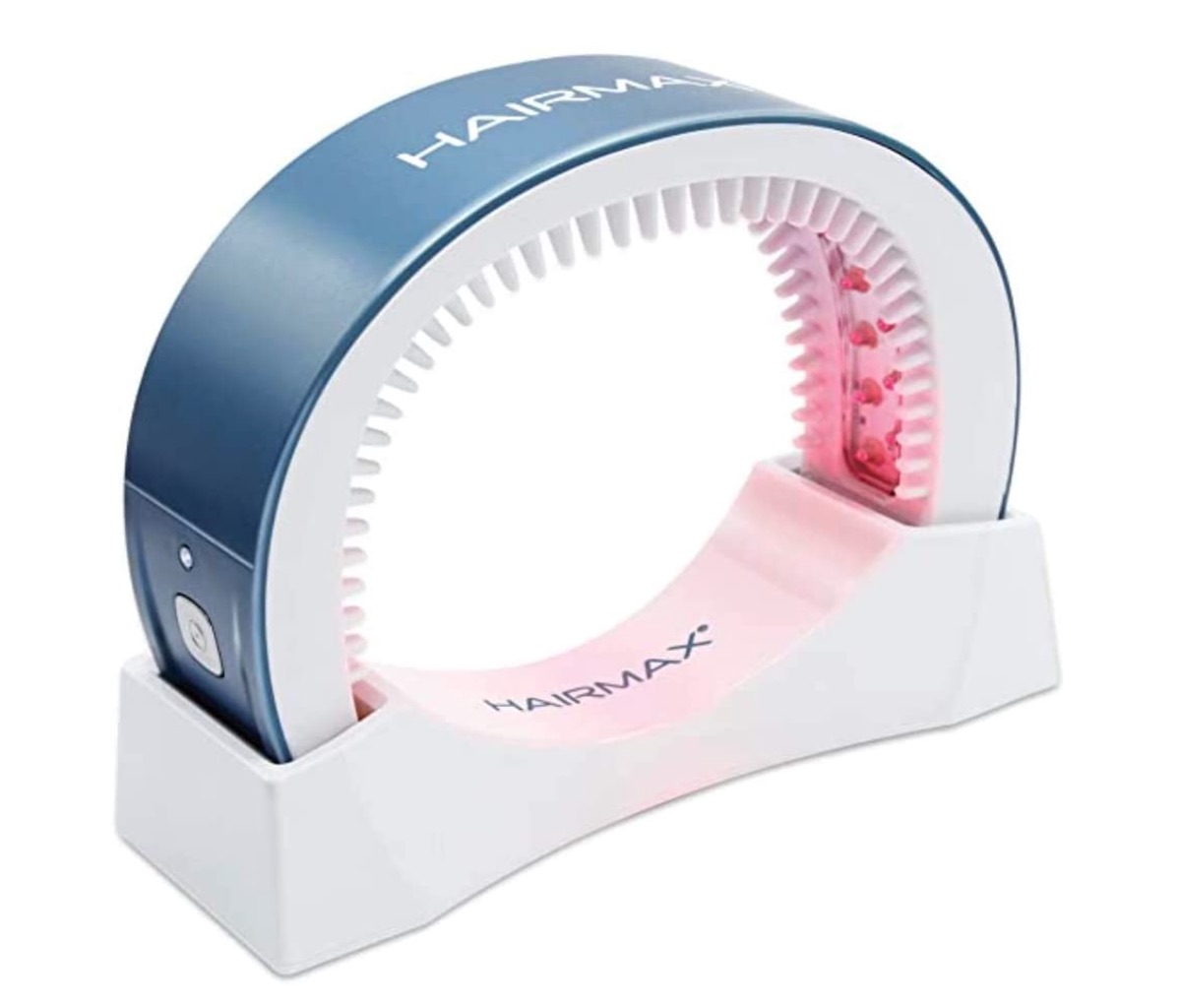 This option isn’t for everyone, but it has certainly worked for me. You can read more about my experience with using the hair loss laser comb to help spare my hair here.
This option isn’t for everyone, but it has certainly worked for me. You can read more about my experience with using the hair loss laser comb to help spare my hair here.
The World Health Organization estimates that up to 80% of the female population is iron deficient. Since low iron (anemia) is a leading cause of hair loss, you can see why more and more women are suffering from debilitating hair loss.
You can read more about iron and hair loss here.
Check Your Medicine Cabinet
There are many medications that cause hair loss, and they might be contributing to your problem. Talk to your doctor about any prescription medications you are taking, and clarify that they aren’t an issue for women with hair loss.
There are many medications to consider, including:
- Birth control pills
- Accutane (treatment for acne)
- Heparin, a blood thinner
- Some anti-depressants, like Effexor, Paxil and Zoloft
Talk to your doctor or your pharmacist to see if you are taking any medications that cause hair loss.
Take Care With Your Hair
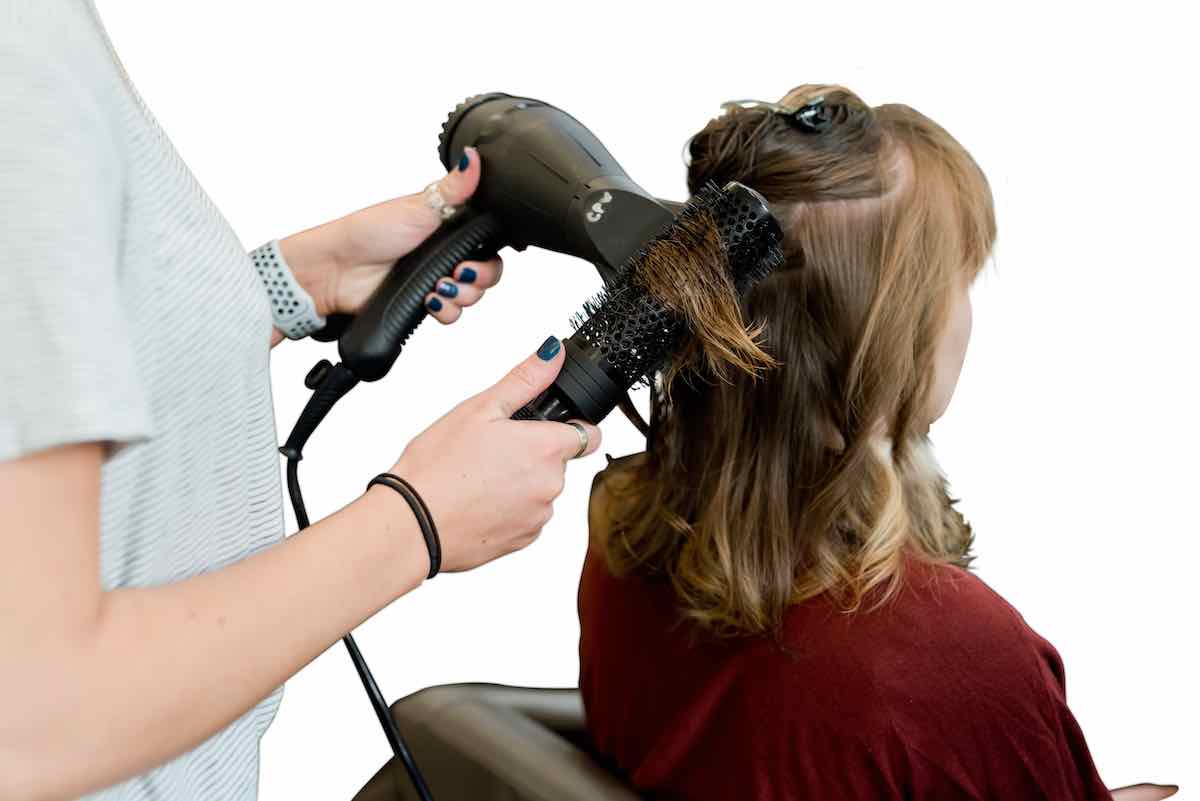 Being kind to your hair is important. Many women with hair loss can trace their problem back to hairstyles or styling aids that place too much stress on their hair.
Being kind to your hair is important. Many women with hair loss can trace their problem back to hairstyles or styling aids that place too much stress on their hair.
When I was searching for the best hair loss treatments, I immediately changed the way I styled my hair. Before I had been using velcro rollers in my mid-length hair, to add body and volume. At the time, I didn’t realize that the tension the rollers was putting on the roots of my hair was contributing to the excessive hair loss I was experiencing.
Other hairstyles, light too-tight ponytails or cornrows can stress the hair and cause it to fall out prematurely. When choosing hair styles, options that don’t stress the hair root are effective for women’s hair loss prevention.
 Vitamin D, Indeed?
Vitamin D, Indeed?
The amount of research linking hair loss to a Vitamin D deficiency is definitely worth considering. An estimated 35% of American women have a Vitamin D deficiency (blood test results that show levels under 30 ng/mL). Low Vitamin D levels are linked to a lot of nasty issues, including depression, back and muscle pain, bone loss and fatigue, not to mention hair loss. There are only three viable sources of Vitamin D — exposure to sunlight (without sunscreen), food sources (fortified dairy products and orange juice, as well as fish) and Vitamin D supplements. I opt for supplementation — 3 drops of Vitamin D3 (1000 IU/drop) every day, and it has worked to get my Vitamin D levels into healthy ranges.
You can read more about Vitamin D and hair loss here.


